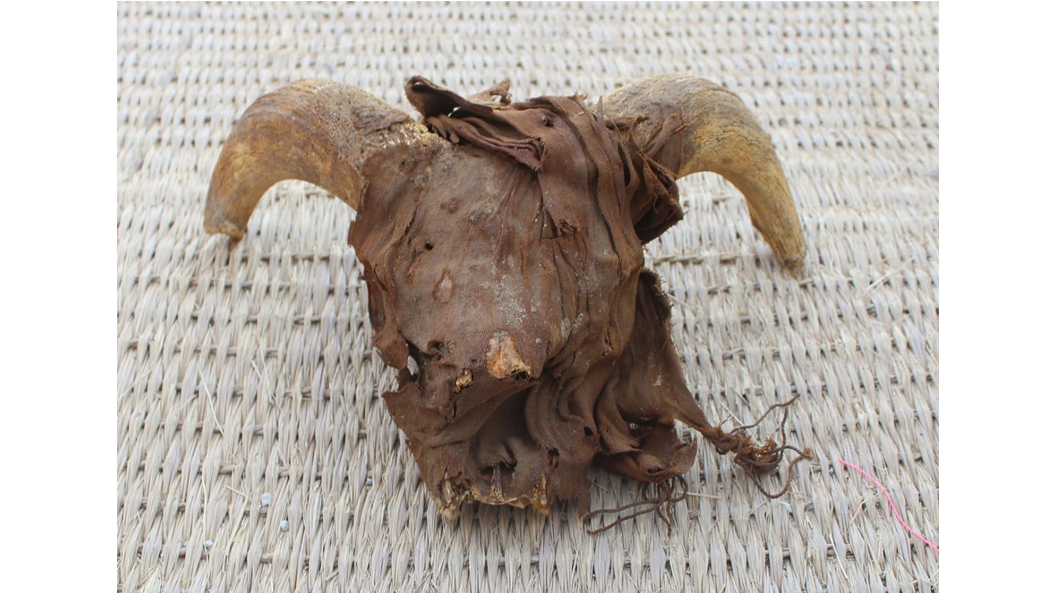Must be why he’s called RAMesses.
There’s no better way to show your respect for a long-dead ruler than by mummifying the head of an animal, and the ancient Egyptians were the masters of this strange form of reverence. Further proof of this remarkable tradition has recently been uncovered at the temple of King Ramesses II, where archaeologists have announced the discovery of more than 2,000 mummified ram heads.
Led by researchers from the University of York, the excavation also unearthed mummified dogs, goats, sheep, cows, deer, and mongooses. Announcing the discovery, the Egyptian Ministry of Tourism and Antiquities explained that the ram heads were probably used as votive offerings and were associated with “an unprecedented worship of rams” during the Ptolemaic period.
Ramesses II was the third ruler of the 19th Dynasty of Ancient Egypt, and lived from roughly 1303 to 1213 BCE. Also known as Ramesses The Great, he is widely regarded to have been one of the most influential pharaohs of the New Kingdom of Ancient Egypt, when the empire was at its most powerful.
The Ptolemaic era encompassed the 33rd and final Dynasty, and lasted from 305 to 30 BCE. That such offerings were being made to Ramesses II more than a millennium after his death provides an indication of just how much he was admired in Ancient Egypt.

One of the mummified ram heads. Image credit: Egyptian Ministry of Tourism and Antiquities
Located in Abydos – one of the oldest cities in Egypt – the temple was originally discovered more than 150 years ago, yet has never been fully explored. In addition to the mummified animal remains, researchers also succeeded in excavating part of the temple’s northern wall.
According to the Ministry, these excavations will help Egyptologists to gain a more accurate picture of the structure’s design and challenge certain assumptions that have been held since the temple was first described.
A separate “huge building” dating back to the Sixth Dynasty was also found at the site. Lasting from 2345 to 2181 BCE, the Sixth Dynasty fell under the Old Kingdom and predated the rise of Ramesses II by roughly 1,000 years. Within this structure, the team found the remnants of ancient clothes, leather shoes, fragments of statues and papyri, and even tree parts.
The Ministry of Tourism and Antiquities says these artifacts could help generate new theories “about the activities and architecture of the Old Kingdom in Abydos.”




Recommended Comments
There are no comments to display.
Join the conversation
You can post now and register later. If you have an account, sign in now to post with your account.
Note: Your post will require moderator approval before it will be visible.